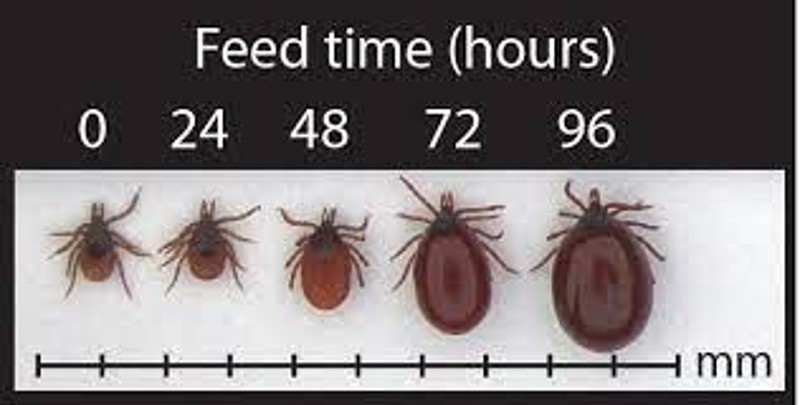Ticks
An increasing potential problem for walkers and campers in certain terrain. This is a great help to planning and it's important you are prepared to prevent contact or deal with any issues arising. An increasing potential problem. This guidance is important to help you prepare or prevent contact or deal with any issues arising.
An introduction to ticks
What are ticks?
Ticks are small, spider-like creatures that feed on the blood of mammals, including people. There are about 20 species in the UK. The species of tick most frequently found on people are sheep or deer ticks. Tick numbers, and hence the chance of being bitten by one, are on the increase across the globe.
Where are they found?
Ticks are present worldwide. They can be found mainly in the countryside. They prefer moist areas with dense vegetation or long grass. Their preferred habitat usually includes woodlands, grassland, moorland, heathland and some urban parks and gardens, including in inner cities – all areas where scouting activities occur.
How do they get on people?
Ticks don’t jump or fly. They wait until an animal or person brushes past the vegetation they are on and transfer by walking. Once on their subject they bite and bury their head in the host’s skin.
Is it obvious that you have been bitten?
No. They secrete a pain killing substance in their saliva which helps them go undetected. Some people are unaware that they have been bitten by a tick, but may exhibit local redness, itching or burning, before or after the tick drops off.
On what parts of the body can they be found?
Ticks prefer warm, moist places on your body, especially the groin area, waist, arm pits, behind the knee and along hair lines, but they can occur anywhere on the body
What time of year are they active?
They may be present throughout the year but, in the UK, are particularly active between Spring and Autumn and especially at times of warm weather.
How to recognise them?
The size of a tick varies, depending on the stage of its life cycle, gender, species and whether it has fed recently. Nymphs (young ticks) are about the size of a poppy seed, while adult ticks look more like tiny spiders. You are likely to only see a tick once it has bitten a host and buried its head so that only the abdomen is protruding.
Are they harmful?
Tick bites are usually harmless and may produce no symptoms, however, if left can cause Lyme disease: tick-borne encephalitis; anaphylaxis; babesiosis. People can also be allergic to tick bites and may experience pain or swelling at the bite site, a rash, burning sensation, blisters, or even difficulty breathing.

Ticks
How to recognise a tick
Image 1: Tick
Image 2: Tick attached to skin
Be tick aware
Public Health England have produced a leaflet with more information.
Read the leaflet here